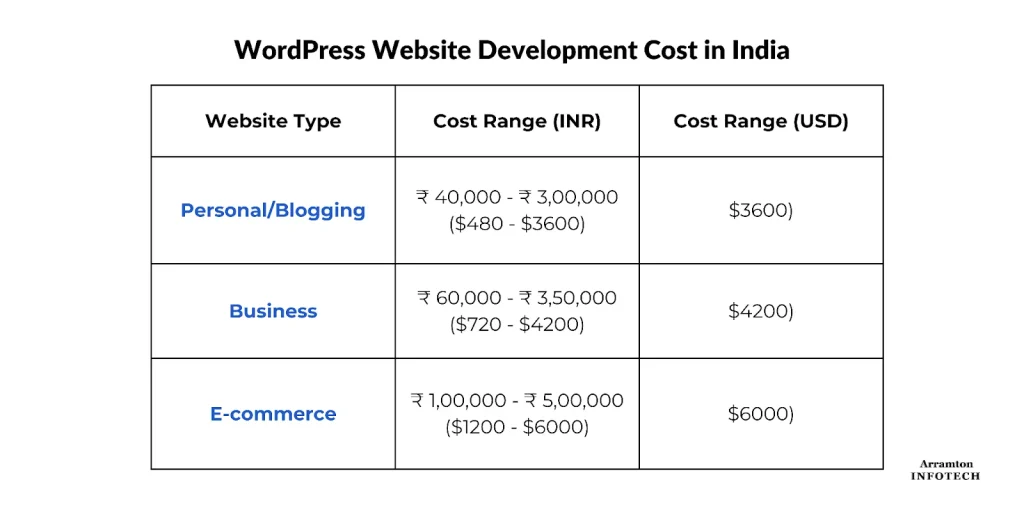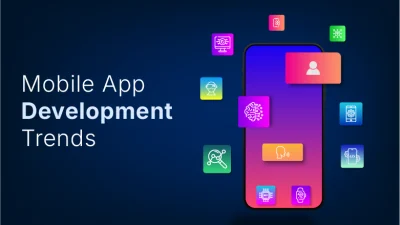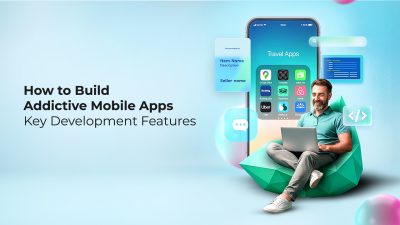Introduction
When businesses decide to build or revamp their website, one of the first questions they ask is: “How much will it cost?” The answer isn’t always straightforward. Web development costs can vary widely depending on the scope, complexity, and goals of the project. But understanding what you’re actually paying for can help you make smarter decisions, avoid hidden expenses, and ensure you get the best value for your investment.
In this blog, we’ll break down the key components that influence web development costs—from planning and design to development, testing, and ongoing maintenance.
1. Why Web Development Costs Vary So Much
Before diving into the breakdown, it’s important to understand why costs can range from a few thousand rupees to several lakhs—or even crores.
Factors That Influence Cost:
- Type of website (e.g., portfolio, e-commerce, SaaS)
- Number of pages and features
- Custom vs. template-based design
- CMS or framework used
- Third-party integrations
- Team expertise and location
- Timeline and urgency
A simple brochure website may cost ₹30,000–₹80,000, while a custom e-commerce platform could exceed ₹5,00,000 depending on features and scalability.
2. Discovery & Planning (5–10% of Total Cost)
What It Includes:
- Initial consultations
- Business and user research
- Goal setting
- Technical feasibility analysis
- Project roadmap
Why It Matters:
Skipping this phase often leads to scope creep, misaligned expectations, and costly revisions. A well-planned project saves time and money in the long run.
3. UI/UX Design (15–25%)
What You’re Paying For:
- Wireframes and user flows
- High-fidelity mockups
- Responsive design for mobile/tablet
- Branding elements (colors, typography, icons)
- Prototyping tools (e.g., Figma, Adobe XD)
Custom vs. Template Design:
- Template-based: Faster and cheaper, but limited in uniqueness.
- Custom design: Tailored to your brand and audience, but more time-intensive.
Cost Range:
- ₹15,000–₹50,000 for basic designs
- ₹80,000+ for custom, multi-page designs with animations
4. Front-End Development (20–30%)

What You’re Paying For:
- HTML, CSS, JavaScript coding
- Responsive layouts
- Interactive elements (sliders, modals, animations)
- Accessibility features
- Browser compatibility
Frameworks Used:
- React, Vue.js, Angular (for dynamic interfaces)
- Bootstrap, Tailwind CSS (for styling)
Cost Range:
- ₹30,000–₹1,00,000 depending on complexity
5. Back-End Development (25–35%)
What You’re Paying For:
- Server-side logic
- Database setup and management
- API development and integration
- Authentication and user management
- Payment gateway integration
- Admin dashboards
Technologies Used:
- Node.js, PHP, Python, Ruby
- MySQL, MongoDB, PostgreSQL
Cost Range:
- ₹50,000–₹2,00,000 depending on features and scalability
6. Content Management System (CMS) Integration (5–10%)
Options:
- WordPress, Drupal, Joomla (open-source)
- Custom-built CMS (for full control)
What You’re Paying For:
- CMS setup and configuration
- Custom post types and taxonomies
- User roles and permissions
- Content migration
Cost Range:
- ₹10,000–₹50,000 depending on CMS and customization
7. E-commerce Functionality (If Applicable) (15–30%)
What You’re Paying For:
- Product catalog and filtering
- Shopping cart and checkout
- Inventory management
- Order tracking
- Coupons and discounts
- Payment gateway integration
- Security and compliance (SSL, PCI-DSS)
Cost Range:
- ₹50,000–₹3,00,000 depending on complexity
8. Third-Party Integrations (5–15%)
Examples:
- CRM (e.g., HubSpot, Salesforce)
- Email marketing (e.g., Mailchimp)
- Analytics (e.g., Google Analytics, Hotjar)
- Chatbots and live chat
- Social media feeds
Cost Range:
- ₹10,000–₹1,00,000 depending on number and complexity
9. Testing & Quality Assurance (5–10%)

What You’re Paying For:
- Functional testing
- Cross-browser and device testing
- Performance testing
- Security audits
- Bug fixing
Tools Used:
- Selenium, Cypress, Lighthouse
Cost Range:
- ₹10,000–₹40,000 depending on scope
10. Deployment & Hosting (3–5%)
What You’re Paying For:
- Domain setup
- Hosting configuration
- SSL certificate installation
- CDN setup
- Launch support
Hosting Options:
- Shared (₹2,000–₹5,000/year)
- VPS (₹5,000–₹15,000/year)
- Cloud (AWS, DigitalOcean, ₹10,000+/year)
11. Ongoing Maintenance & Support (Optional but Crucial)
What It Includes:
- Regular updates
- Bug fixes
- Security patches
- Content updates
- Performance monitoring
Cost Models:
- Monthly retainer (₹5,000–₹20,000/month)
- Pay-as-you-go (₹500–₹2,000/hour)

12. Hidden Costs to Watch Out For
Common Surprises:
- Licensing fees for plugins or fonts
- Premium themes or templates
- Stock photography or video
- Emergency fixes or rush jobs
- SEO and marketing services
Being transparent about these costs helps avoid budget overruns and client dissatisfaction.
13. Cost Comparison: Freelancers vs. Agencies vs. In-House
| Type | Pros | Cons | Cost Range |
|---|---|---|---|
| Freelancers | Affordable, flexible | Limited scalability, support | ₹30,000–₹2,00,000 |
| Agencies | Full-service, scalable | Higher cost | ₹1,00,000–₹10,00,000+ |
| In-House | Full control, long-term value | High overhead, hiring costs | ₹5,00,000+/year |
14. How to Budget Smartly
Tips:
- Define clear goals and scope
- Prioritize features (MVP vs. full build)
- Ask for detailed estimates
- Plan for maintenance
- Don’t compromise on UX and security
Conclusion
Web development is more than just writing code—it’s a strategic investment in your brand’s digital presence. By understanding the cost breakdown, you can make informed decisions, set realistic budgets, and ensure your website delivers long-term value.
Whether you’re building a simple portfolio or a complex e-commerce platform, knowing what you’re paying for helps you avoid surprises and maximize ROI.





